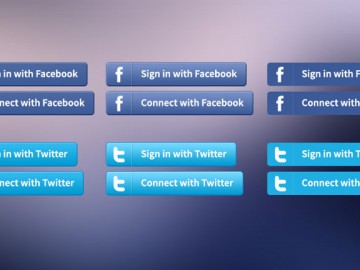The Importance of a Designer’s Portfolio: Unlocking Career Opportunities
Welcome back, designers! Today, we’re discussing the undeniable importance of having a portfolio. Regardless of your employment goals, whether it’s remote work, in-house, full-time, part-time, or freelancing, a well-crafted portfolio is essential in the design industry. In many cases, it can be even more valuable than a CV, as it allows potential employers or clients to quickly assess your skills and style.
How a Strong Portfolio Sets You Apart in the Design Industry
A professionally designed portfolio demonstrates your abilities, aesthetic preferences, and areas of expertise in just a few moments. While your CV may list companies and positions you’ve held, it doesn’t necessarily convey the scope of your responsibilities or the type of work you did. In contrast, a portfolio allows you to showcase your design prowess and reveal your knowledge and adaptability in the field.
As a seasoned designer and entrepreneur, I’ve interviewed countless designers and hired many of them. Throughout the hiring process, I always prioritize evaluating candidates’ portfolios. It’s not just about creativity or talent – it’s about sending the right message to potential employers.
The Designer’s Dilemma: Balancing Client Work and Maintaining Your Portfolio
However, the challenge with portfolios is keeping them up-to-date. Many designers neglect their portfolios as they become busier with client work. This can become a problem when work inevitably slows down, and you find yourself with an outdated portfolio that doesn’t inspire trust or demonstrate your abilities.
To avoid this pitfall, focus on maintaining a streamlined portfolio that highlights your strengths through 6 to 10 solid entries. This approach allows you to showcase your best work without overwhelming your audience or diluting your message.
Tips for Creating a Captivating and Effective Design Portfolio
Remember, a neglected portfolio is akin to a withering houseplant. It’s crucial to consistently invest time and effort into keeping your portfolio fresh and relevant. Not only is a well-maintained portfolio essential for attracting new clients, but it also demonstrates your professionalism and commitment to your craft.
In our next discussion, we’ll dive into creating an effective and captivating design portfolio that sets you apart in the competitive design landscape. Stay tuned!


